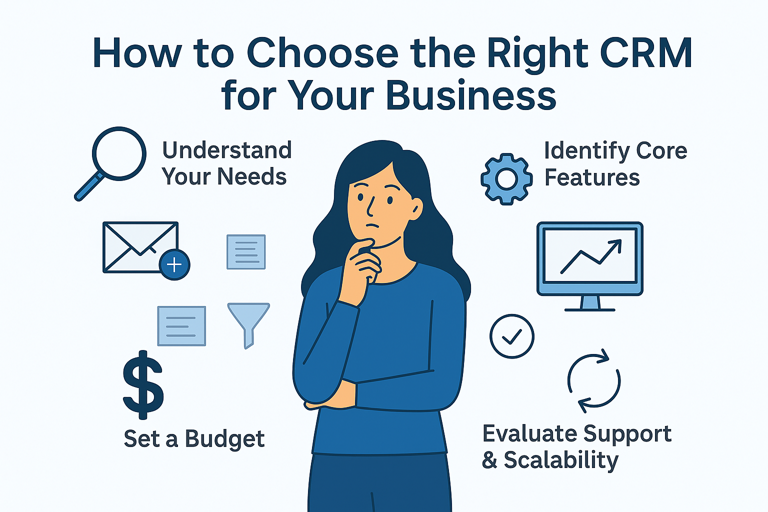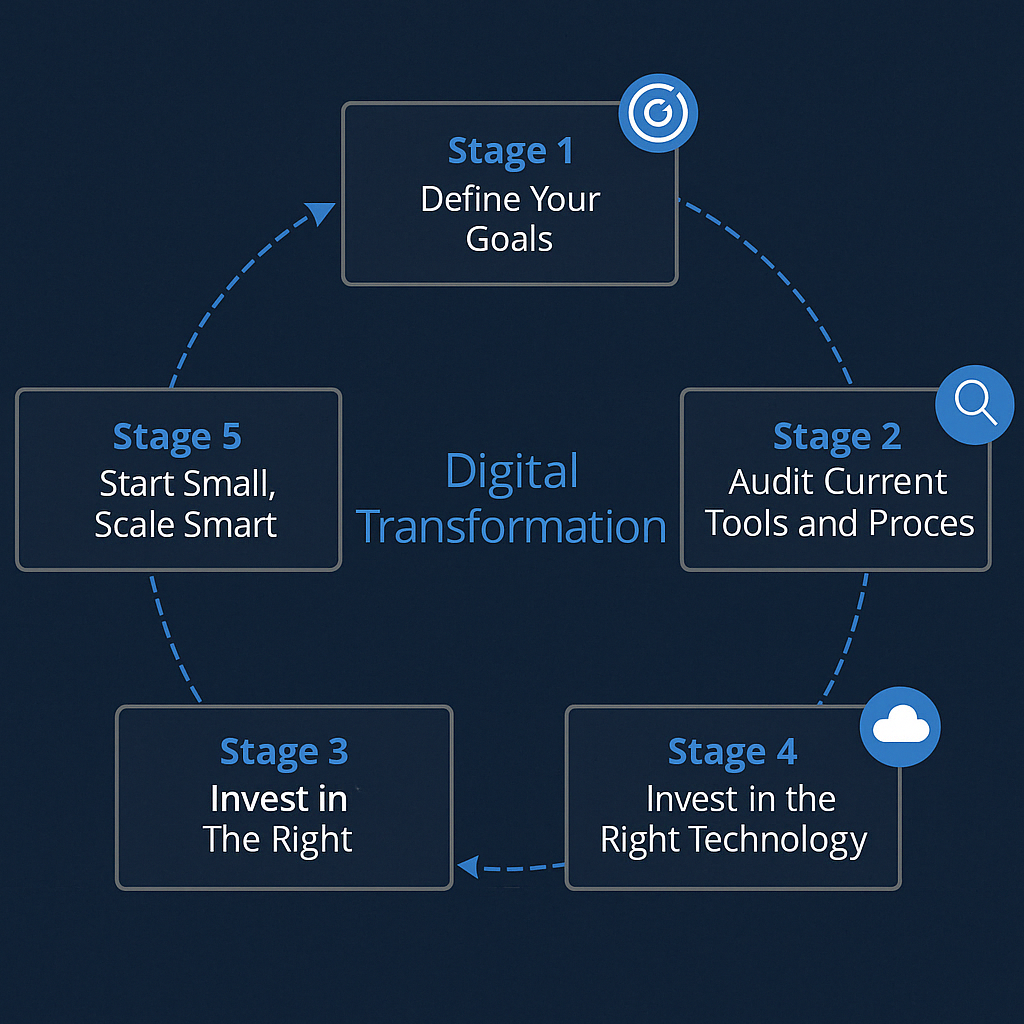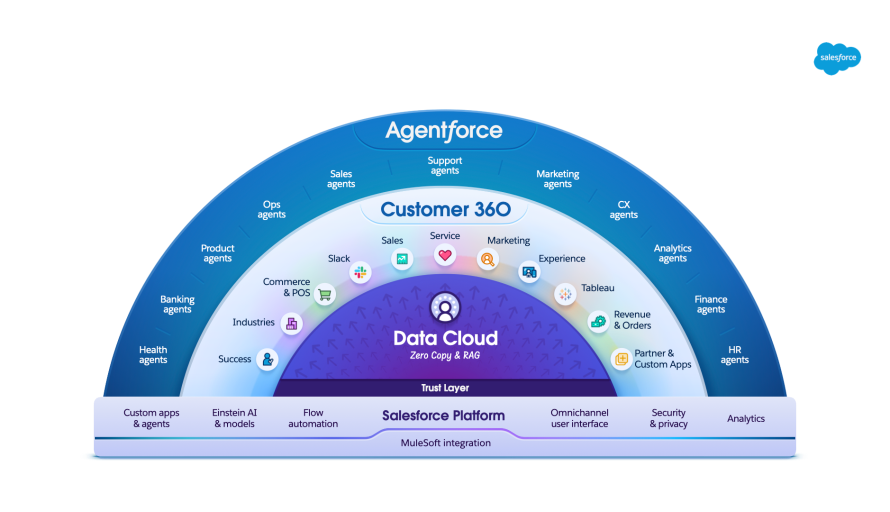Overcoming Common Challenges in Salesforce Adoption
Implementing Salesforce can be a transformative step for any business, promising improved efficiency, enhanced customer relationships, and streamlined processes. However, like any significant change, Salesforce adoption comes with challenges. This blog post will delve into some common hurdles businesses might face when adopting Salesforce and provide actionable strategies to overcome them.
Opposition to Change
Resistance to change from employees acclimated to old processes is one of the most significant obstacles to implementing Salesforce. This opposition may originate from a fear of the unknown, concerns regarding job responsibilities, or a lack of comprehension of the benefits.
The key to overcoming resistance is communication. Start by communicating the adoption’s motivations and highlighting how Salesforce will make tasks more straightforward and effective. Provide training sessions to familiarize employees with the new system and to demonstrate its intuitive features. Involve diverse employees in the planning process to resolve their concerns.
Insufficient Education
Without appropriate training, even the most user-friendly systems can appear intimidating. Inadequate training may result in frustration, errors, and underutilization of Salesforce’s features.
Invest in exhaustive training programs that cover various Salesforce features. These programs should accommodate different user roles and skill levels. Providing employees with ongoing training, seminars, and access to resources such as video tutorials and user guides can help them become more familiar with the platform.
Data Quality Concerns
It can be difficult to migrate existing data to Salesforce and maintain its integrity. Inadequate data quality can compromise the efficiency of the CRM system and result in erroneous decisions.
Before migrating data, conduct a comprehensive data cleansing procedure. Recognize and correct duplicate, obsolete, or inaccurate records. Establish and enforce data entry protocols to preserve data quality. Review and cleanse the data regularly to ensure ongoing accuracy.
Uncustomized to Business Requirements
The out-of-the-box Salesforce features may not precisely align with a business’s unique processes and workflows. Failure to personalize the system can result in inefficiencies and impede user adoption.
Solution: Collaborate with Salesforce consultants or administrators to tailor the platform to your organization’s requirements. Utilize Process Builder and Lightning App Builder to develop customized solutions. Regularly collect user feedback to identify areas that require additional customization.
Insufficient Executive Assistance
The successful adoption of Salesforce necessitates the support of senior executives. Securing the necessary resources and commitment can be difficult if leaders are not entirely on board.
Engage executives early in the process to explain the benefits of adopting Salesforce. Show how the CRM aligns with the objectives and vision of the organization. To set a positive example for the rest of the organization, encourage executives to participate actively in the adoption process.
The adoption of Salesforce, while transformative, is not without its challenges. Businesses can successfully navigate these obstacles by addressing resistance to change, providing exhaustive training, ensuring data quality, customizing the system, and securing executive support. Remember that overcoming these obstacles requires effective communication, careful planning, and a commitment to continuous improvement. With the proper strategies, your organization can maximize Salesforce’s benefits.
Written by Nadia Malikzada









